This week, the Foundation for Individual Rights in Education (FIRE) released its list of the ten worst colleges for free speech. Each campus has a unique story, but four in particular stood out for the gross attacks on conservatives, or just people refusing to play along with “social justice” demands.
Perhaps ironically, students themselves suffer when their social justice activism silences dissent. “The quality of students’ in-class education suffers when faculty are afraid to raise thought-provoking questions and engage students in difficult conversations for fear of student complaints,” Samantha Harris, FIRE’s vice president of policy research, told PJ Media.
“Outside the classroom, meanwhile, students who do not meaningfully engage with viewpoints they disagree with — or even find offensive — do not get the opportunity to sharpen their own argumentation skills,” she added. “This is one of the great dangers of the polarized bubbles we find ourselves in — when all we ever hear are caricatured versions of the other side’s views filtered through people we agree with, we don’t have the opportunity to strengthen our own arguments.”
Higher education used to be about engaging in this kind of debate, expanding your horizons. On many campuses, students and faculty undermine even the possibility of this kind of dialogue, leaving students mentally impoverished and quick to anger.
Here are four examples of the worst campuses for conservatives (and two for liberals).
1. Banning the Constitution — in Spanish.
Los Angeles Community College District (LACCD) consists of nine campuses, most of which are off-limits to free speech, with the exception of limited “free speech zones,” FIRE noted. While this policy is bad enough to put LACCD on the list of the ten worst colleges for free speech, one particular example illustrates just why such policies undermine education.
Kevin Shaw, a student at Los Angeles Pierce College, was told he could not hand out Spanish-language copies of the U.S. Constitution on behalf of Young Americans for Liberty outside the tiny free speech zone. The zone is about the size of three parking spaces — a minuscule 0.003 percent of the campus.
On March 28, 2017, Shaw filed a lawsuit against LACCD and Pierce College administrators with FIRE’s help. The U.S. Department of Justice filed a statement of interest in the case, arguing that the college had indeed violated the First Amendment.
Last month, the court rejected LACCD administrators’ attempt to dismiss the lawsuit. The U.S. District Court for the Central District of California ruled that open, outdoor areas of Pierce’s campus are public forums for student speech.
In a similar case last year, Kellogg Community College (KCC) students were actually put in jail for attempting to hand out copies of the U.S. Constitution on campus. These restrictive speech codes can do serious damage.
2. Molotov cocktails at Berkeley.
The University of California, Berkeley once hosted the 1964 Free Speech Movement, but now it has become synonymous with angry and violent efforts to quash free speech. Mobs of angry students attempted to silence numerous conservative (and Alt-Right) speakers in the last year, by any means necessary.
On February 1, 1,500 people showed up to protest former Breitbart editor Milo Yiannopoulos when he showed up to speak. Protesters set fires, hurled Molotov cocktails, and allegedly assaulted attendees. The speech was canceled, and the protests cost $100,000 in damage. Damningly, a Berkely student wrote that “behind those bandanas and black T-shirts were the faces of your fellow UC Berkeley and Berkeley City College students.”
Ann Coulter’s planned and cancelled speech also sparked fears of violence in April. That same month, a student group cancelled an appearance by David Horowitz, citing security concerns. When Ben Shapiro showed up in September, UC Berkeley spent $600,000 to secure his speech, and the school also spent $800,000 in preparation for Coulter and another Yiannopoulos speech.
A Berkeley student was also caught on video destroying a College Republicans sign.
Despite promises from new administrators that they would uphold free speech, UK Berkeley still has a yellow light speech code rating from FIRE.
As destructive and costly as last year’s riots were, they did not take place in a vacuum. In October 2016, social justice warriors (SJWs) physically shut down a bridge for white people — allowing non-wites to cross but forcing white people (or those they deemed white) to take an alternate route. This kind of racial coercion found a perverse echo at Evergreen State College.
3. Forced white absence — Evergreen State College.
Evergreen State College, a small liberal arts school in Olympia, Wash., has become infamous in recent years. SJW students went so far as to force a professor off campus for the irredeemable crime of … refusing to kick all white people off campus for a day.
Traditionally, people of color participated in a voluntary “Day of Absence,” choosing to leave the campus for one day to illustrate their pivotal value to the community. Last year, the administration decided to ask white people to leave campus instead, and a professor refused to take part.
Biology Professor Bret Weinstein objected to the idea of asking people to leave rather than having a group voluntarily bow out of campus life for a day. “On a college campus, one’s right to speak — or to be — must never be based on skin color,” Weinstein said, concluding his email response.
After the Day of Absence had passed, 50 students protested outside of Weinstein’s class, shouting and chanting and accusing him of racism. They yelled over him when he attempted to respond and physically blocked him from leaving. Weinstein and his wife, also a professor, were unable to return to campus safely. They left their jobs, and the school eventually paid them a $500,000 settlement.
FIRE’s conclusion to this case proved instructive: “Protest is good. Calls for censorship are not. Disagreeing over how to stand up for diversity is not a good reason to intimidate or attempt to silence anyone” (emphasis added). To be clear, Weinstein was not advocating against diversity, he just objected to forcing a Day of Absence for white people.
4. A six-month inquisition over a joke.
A private email between College Republicans sparked a six-month inquisition into a student’s joke after officials at Albion College in Michigan saw a threat when there was none.
Last September, Albion student Alex Tokie sent an email listing arguments for his fellow College Republicans to shoot down SJW accusations of “white privilege.” He signed off with this joke, “Take the liberal tears from the idiot you just destroyed in your debate, dissemble your American made Springfield M1911 .45 caliber handgun and apply the tears in order to clean the mechanism, reassemble and proceed to purchase ANTIFA and ISIS hunting permits and max out on tags[.]”
Albion administrators began investigating Tokie in September, and notified him in November that he was charged with violating the school’s policy against the “[u]se of, or threatened use of, physical force or violence.” FIRE sent Albion a letter insisting on free speech, and the college postponed Tokie’s Nov. 17 hearing.
After leaving the student in limbo for weeks, the administrators contacted him in December to reschedule the hearing, demanding he return to campus during winter break. Tokie managed to reschedule the hearing for January 26, and on that date administrators subjected him to questioning for four hours. They then told him it could take weeks before they determined his fate.
This kind of inquisition — over what was clearly a joke — illustrates the severe limits on free speech at many college campuses.
Two examples of liberal speech quashed.
FIRE is a non-partisan organization dedicated to protecting free speech regardless of perspective. As such, two cases of universities quashing free speech that might infuriate conservatives also merit mention.
On December 24, 2016, Drexel University Associate Professor George Ciccariello-Maher tweeted an infamous statement, “All I Want For Christmas Is White Genocide.” He later argued that this was “a satirical tweet about an imaginary concept.”
Drexel initially promised the professor he would not face punishment, but the school launched an investigation anyway. FIRE spoke up for the professor’s free speech, but the university barred him from campus in October. One year after the tweet, Ciccariello-Maher resigned, saying, “We are all a single outrage campaign away from having no rights at all.”
Ciccariello-Maher’s tweet was disgusting, but free speech is an important value on college campuses, and Drexel broke its own commitments in effectively kicking him out.
Perhaps not surprisingly, Harvard University made FIRE’s 10 worst campuses list — for the fourth time. Its policy denying academic and leadership privileges to members of single-gender groups like sororities, fraternities, and final clubs is particularly heinous and shows no signs of abating. Last year, Harvard also rescinded offers of admission from ten students for sharing joke images in a private group chat on Facebook.
Most controversially, however, FIRE gave Harvard bad marks for bending to public pressure and revoking the visiting fellowship it offered to court-martialed former U.S. intelligence analyst Chelsea Manning. FIRE did not defend Manning or suggest that she deserved the fellowship, but it did note that Harvard President Drew Faust broke her promise to stand for free speech.
“Our values and our theory of education rest on the assumption that members of our community will take the risk of speaking and will actively compete in our wild rumpus of argument and ideas. It requires them as well to be fearless in face of argument or challenge or even verbal insult,” Faust declared.
Both Ciccariello-Maher’s tweet and the fellowship offered to Chelsea Manning rightly infuriated conservatives, but the way these colleges responded to these situations deserved censure nonetheless. Partisanship should not blind either side to attacks on the essential culture of free speech academia requires.
Silver lining.
In her remarks to PJ Media, FIRE’s Samantha Harris suggested reasons for hope, despite the attacks on free speech across America’s campuses. “I think an increasing number of institutions do seem to be coming, albeit belatedly, to the realization that they must act to protect free speech on campus,” Harris said. “We have seen a number of schools adopting statements in support of free speech modeled after the one first adopted by the University of Chicago in 2015.”
“I think an increasing number of faculty are becoming aware of the campus free-speech crisis,” she added.
In addition to the ten worst schools for free speech, FIRE maintains a list of “green light schools” that “do not maintain official codes restricting student and faculty expression,” Harris told PJ Media. FIRE suggests these schools are “models for others institutions.”
This list of schools includes Appalachian State University in Boone, N.C.; Arizona State University in Tempe, Ariz.; Duke University in Durham, N.C.; Emory University in Atlanta, Ga.; George Mason University in Fairfax, Va.; Purdue University in West Lafayette, Ind.; the University of Florida in Gainesville, Fla.; and many others.

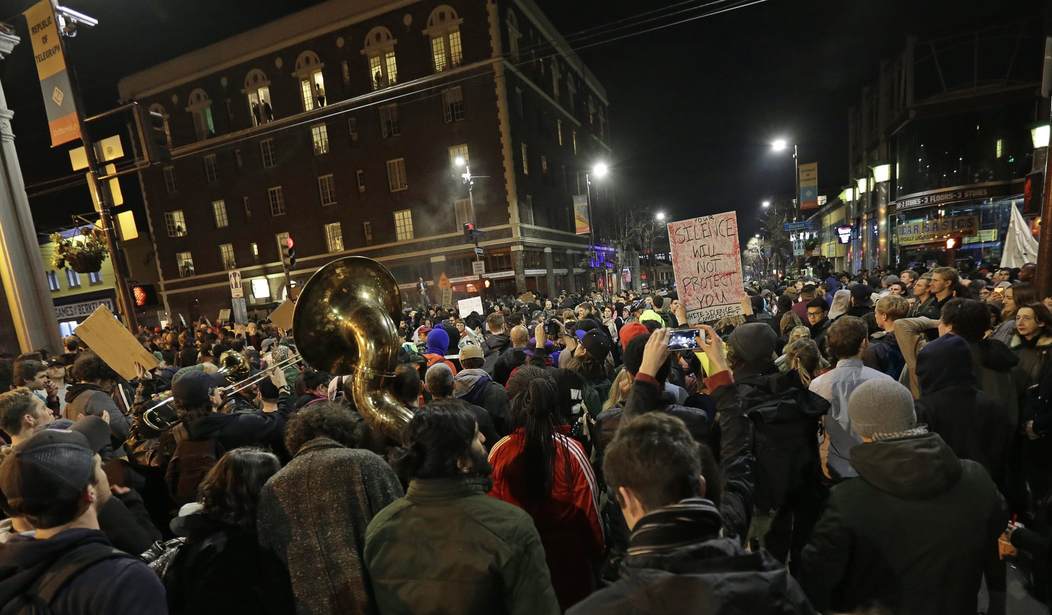
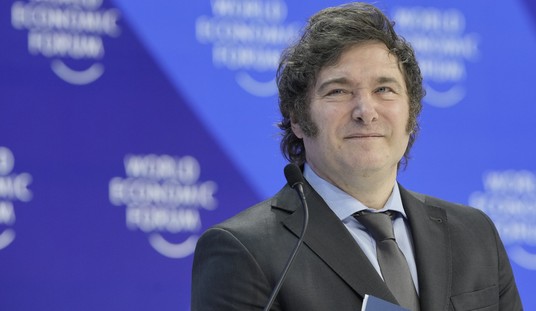
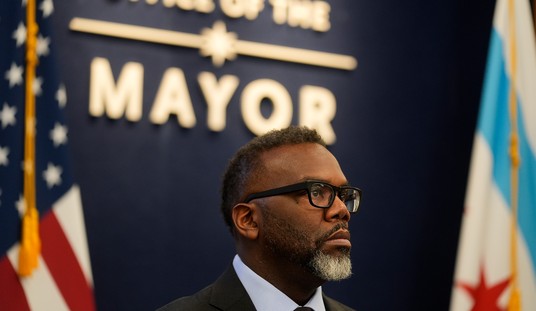
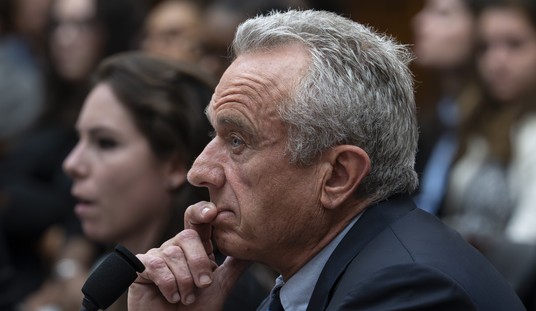
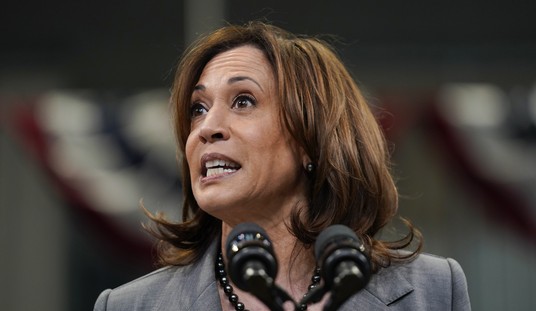

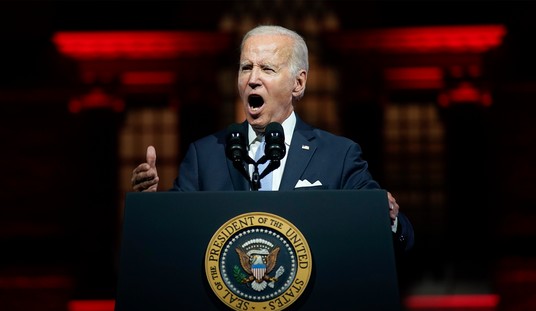
Join the conversation as a VIP Member